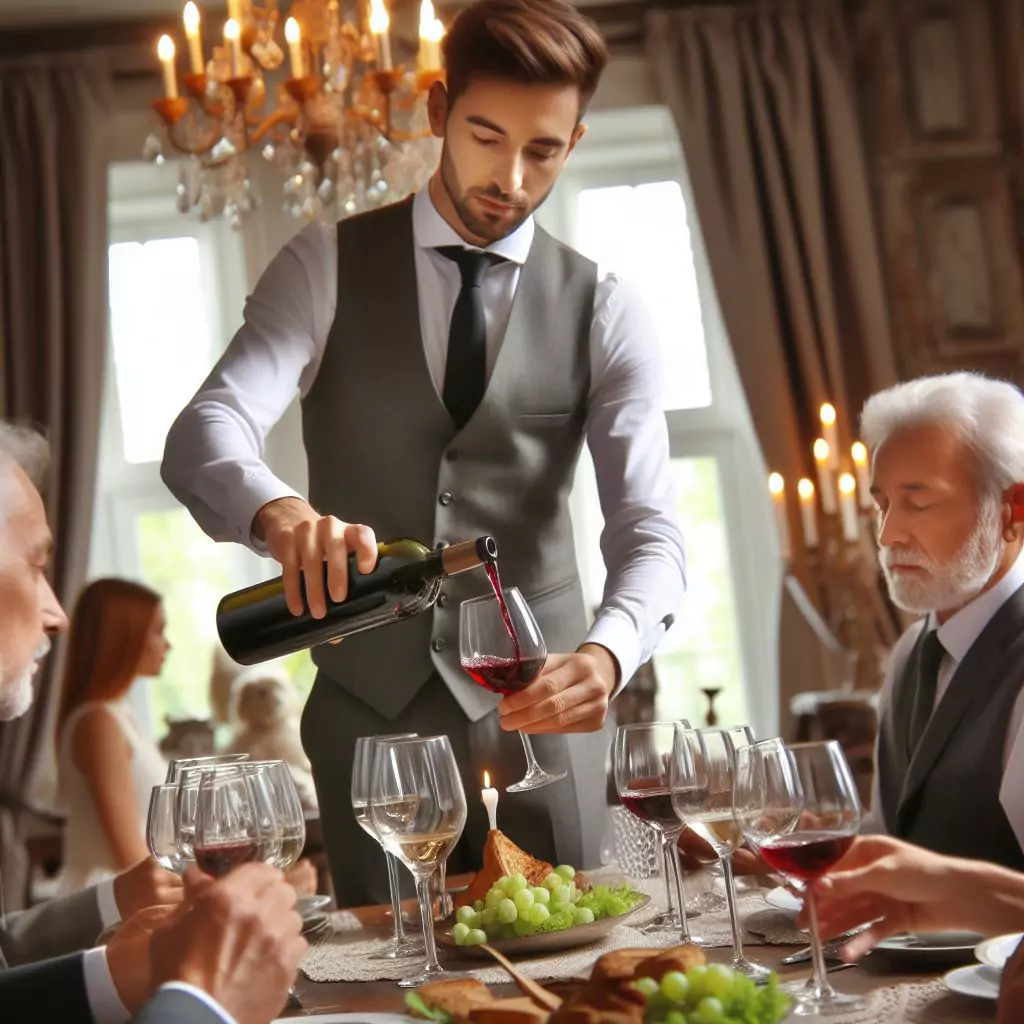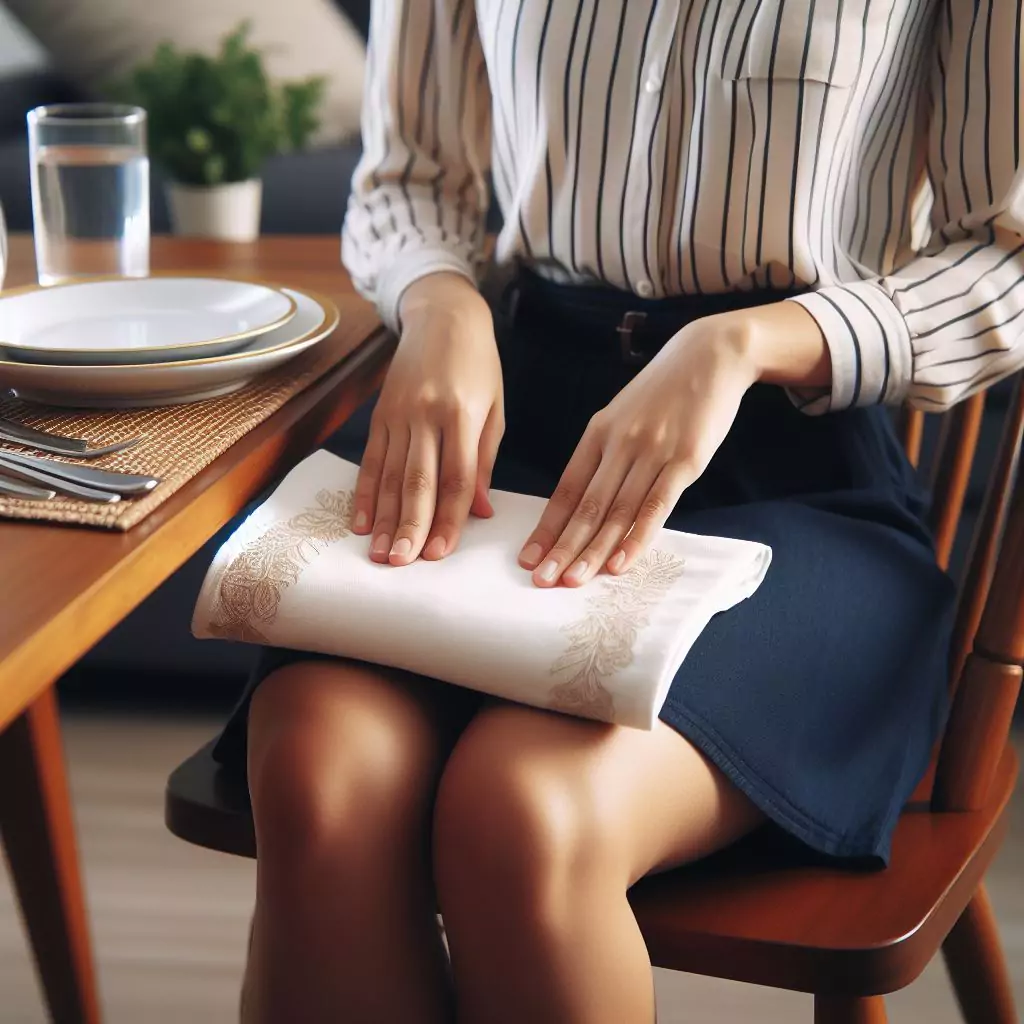20 French Dining Etiquette Rules Every Diner Should Know

Bonjour!
Are you curious about French dining etiquette?
Discover the art of dining like a true Parisian with our guide.
From table manners to cultural nuances, we’ll explore everything you need to know for a delightful dining experience in France.
Allons-y!
1. Start With a Proper Greeting
Begin the meal with a friendly greeting, such as “Bonjour” or “Bonsoir,” depending on the time of day.
This sets a welcoming tone and shows respect for your dining companions.
2. Use Utensils From the Outside In
Follow the French dining tradition by using utensils from the outside toward the plate for each course.
Start with the outermost utensils for the first course and work your way inward as the meal progresses.
3. Keep Your Hands Above the Table

Keep your hands visible above the table at all times, resting your wrists on the edge. This practice is considered polite and respectful during formal French dining.
4. Learn the Art of Conversation
Engage in lively and meaningful conversation throughout the meal.
Discuss topics of interest, avoiding controversial or sensitive subjects. Show interest in others’ perspectives and contribute positively to the dining experience.
5. Respect the Wine Ritual

Observe the wine-serving ritual, where the host pours wine to guests.
Hold your glass by the stem and avoid overpouring.
Take small sips and savor the flavors.
6. Mind Your Bread Etiquette
Break bread into small pieces rather than cutting it with a knife. Butter each piece individually rather than spreading butter directly on the entire slice.
7. Be Polite With “S’il Vous Plaît” and “Merci”
Use “S’il vous plaît” (please) and “Merci” (thank you) generously during the meal. Politeness is highly valued in French dining culture.
8. Wait for the Host or Hostess to Begin Eating
Wait for the host or hostess to start eating before you begin your meal. This gesture shows respect and indicates that everyone can begin together.
9. Avoid Slurping or Loud Eating Sounds
Eat quietly and avoid making loud noises such as slurping soup or clinking utensils against dishes. Maintain a level of decorum throughout the meal.
10. Use Your Napkin Properly

Place your napkin on your lap upon sitting down. Use it to dab your mouth discreetly during the meal and place it neatly on the table when excusing yourself or at the meal’s end.
11. Learn the Continental Dining Style

Familiarize yourself with the continental dining style, where the fork is held in the left hand and the knife in the right while cutting food.
After cutting, switch the fork to the right hand for eating.
12. Sip Soup Correctly
Sip soup from the side of the spoon, avoiding slurping noises. Tilt the bowl away from you to scoop the last spoonfuls, ensuring elegance and grace.
13. Understand Wine Pairings
Complement the meal with appropriate wine pairings.
Reds typically accompany red meats, while whites go well with fish and poultry.
Consult with sommeliers or hosts for guidance.
14. Use Proper Table Talk
Engage in polite and positive conversation at the table. Avoid contentious topics and focus on enjoyable discussions that enhance the dining experience for everyone.
15. Follow the Cheese Course Rules
Participate in the cheese course by serving and sampling cheeses clockwise around the table. Use separate utensils for each cheese and avoid mixing flavors.
16. Excusing Yourself Gracefully
If you need to excuse yourself from the table during the meal, do so discreetly and politely. Place your napkin neatly on your chair, signaling that you will return.
Use phrases like “Excusez-moi” or “Je reviens tout de suite” (I’ll be right back) to excuse yourself courteously.
Return promptly to continue enjoying the meal with your dining companions.
17. Embrace Formal Dining Attire
Dress appropriately for the occasion, opting for formal attire such as dresses or suits. Avoid overly casual clothing to show respect for the dining setting and fellow guests.
18. Wait for Dessert to Be Served
Wait for dessert to be served by the host or hostess before indulging. This shows patience and allows everyone to enjoy the final course together.
19. Mind Your Dining Pace
Maintain a comfortable dining pace that aligns with others at the table. Avoid rushing through the meal or lingering excessively after finishing.
20. Know When to Leave
Be mindful of when to leave the table, following cues from the host or hostess. Thank them for the meal and express gratitude before departing.
FAQs
Why is it important to use utensils from the outside in during a formal French meal?
Using utensils from the outside toward the plate for each course follows the traditional French dining style and demonstrates respect for the meal’s progression, showcasing an understanding of formal dining etiquette.
What are some common mistakes to avoid during a French dining experience?
Common mistakes to avoid include resting elbows on the table, slouching, talking loudly, using the wrong utensils, and eating too quickly. Adhering to proper dining etiquette enhances the dining experience for everyone involved.
What is the proper way to participate in the cheese course during a French meal?
During the cheese course, cheeses are typically served and sampled clockwise around the table. Use separate utensils for each cheese to avoid mixing flavors, and follow the lead of the host or hostess in terms of portion size and presentation.
How can one show appreciation to the host or hostess after a French dining experience?
Showing appreciation can be done through gestures such as a sincere verbal thank-you, a handwritten thank-you note, or a small gift. Expressing gratitude reflects respect for the host or hostess’s efforts in creating a memorable dining experience.
Wrap Up
Learning about French dining etiquette is not just about rules; it’s a way to show respect and appreciation for their culture.
Remembering to use utensils properly and keeping elbows off the table are simple but meaningful gestures.
Bonne chance!






